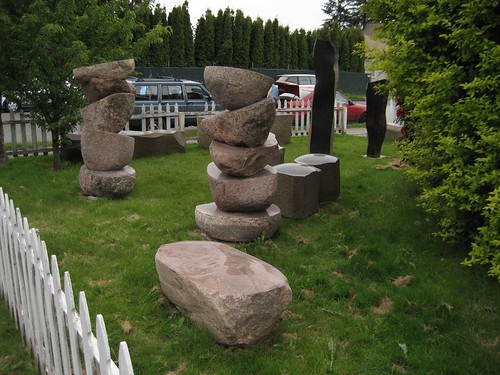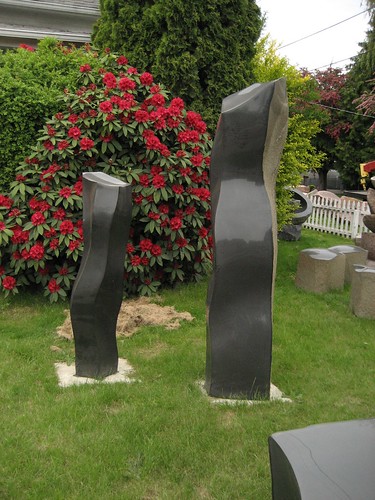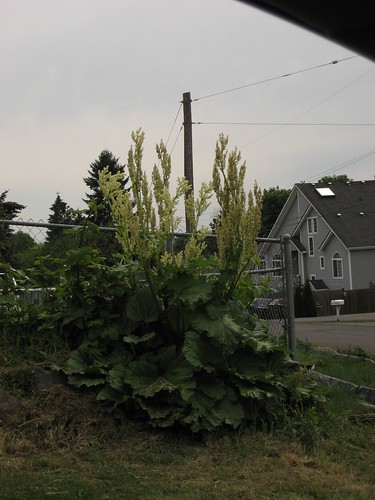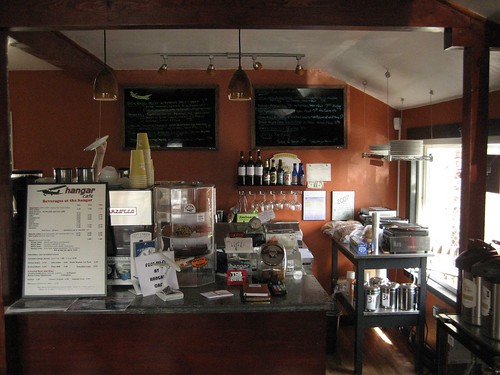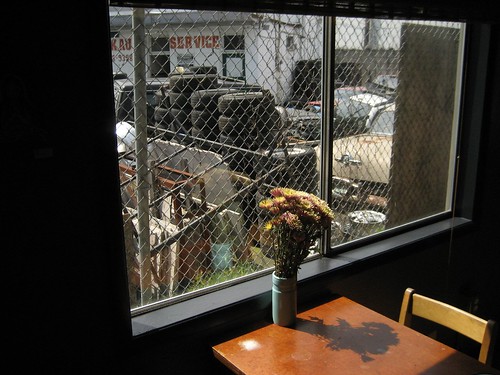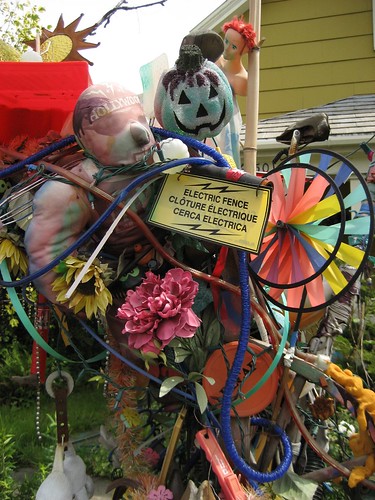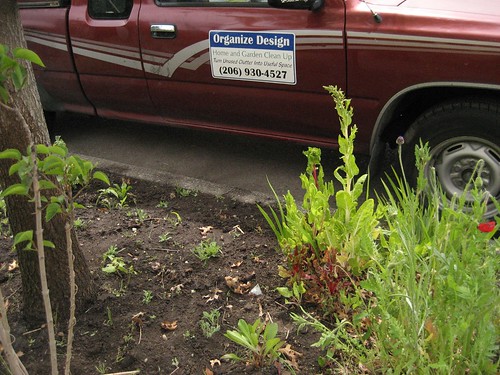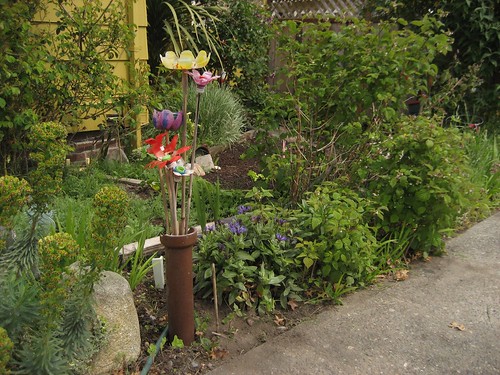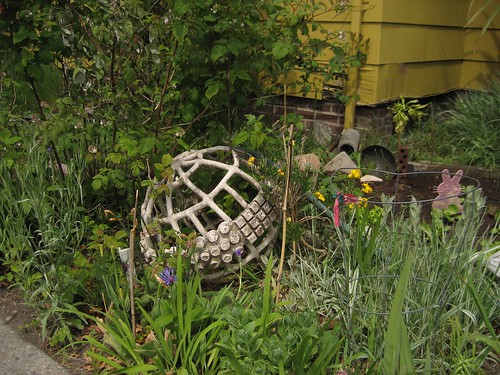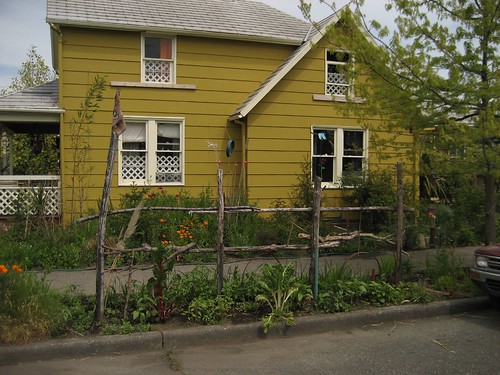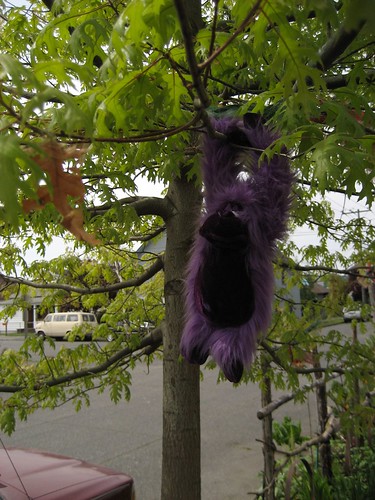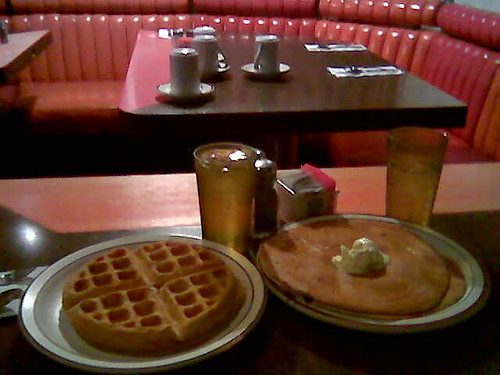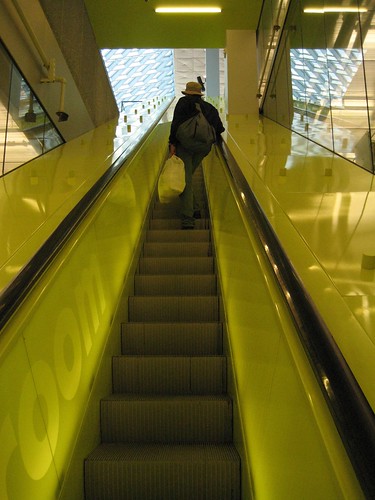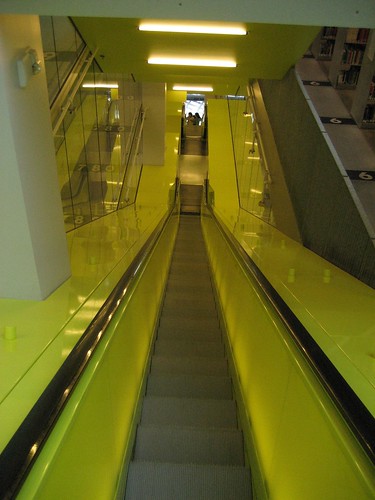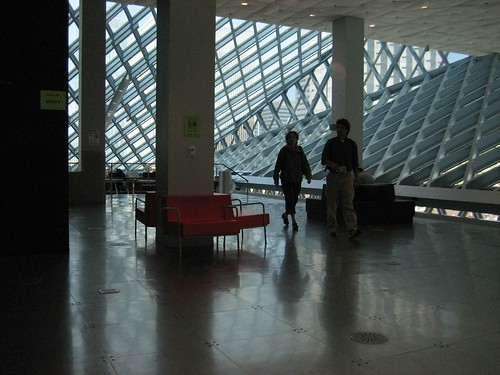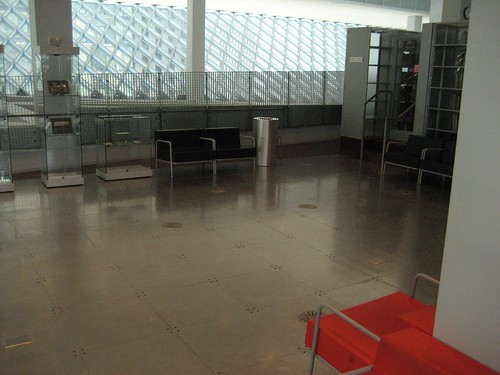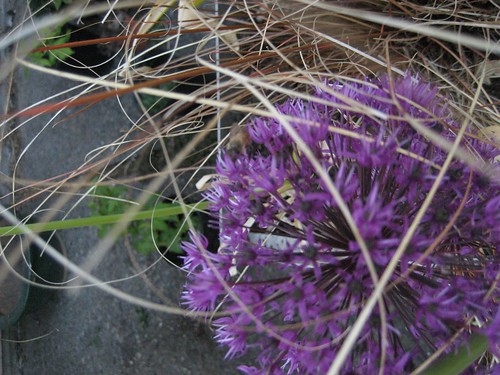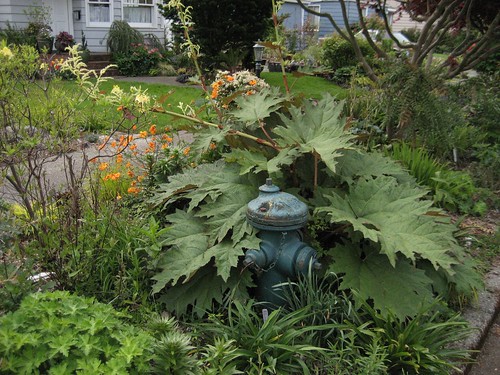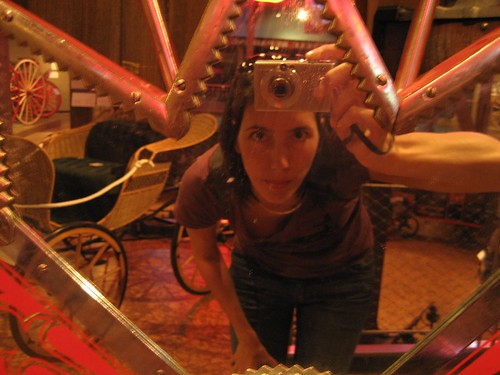There are a million stories about this place.
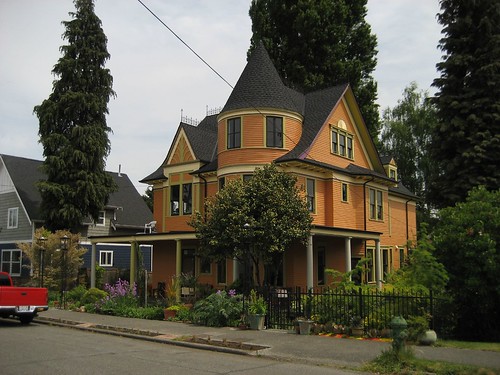
The city's Department of Planning and Development
doesn't say much about this property:
This house is reported to have been constructed in 1902 for Peter Gessner. Information regarding Mr. Gessner has not been obtained.
However, the
arts department is more forthcoming: "Peter Gessner ran the Central Tavern in Pioneer Square, but moved his operations [to Georgetown Castle] after getting sued for letting minors gamble. He committed suicide in the house a year later."
It's unclear to me who owned the house from the time of Gessner's suicide in 1903 or so and the purchase of the house by Dr. Willis Corson in 1912. But I think Gessner--or someone else--may have owned it prior to 1902 (the city's site says, "This property may pre-date the construction date identified on assessor’s records and is worthy of additional research to determine a more accurate date of construction and original ownership."). Reportedly, the house was a brothel (until Dr. Corson bought it in 1912?).
At this time in Seattle's history, Georgetown was basically the red-light district for the area. This was decades before Boeing Field was built, and the Georgetown's main employer was the Rainier Brewery. So, naturally, Georgetowners didn't cotton to the temperance movement underfoot.
The front page of the Port Townsend Daily Leader from August 5, 1905, reports on a "War on Saloons" in Seattle.
War on Saloons to Be Commenced
SEATTLE, Aug. 4
The first systematic blow at the liquor traffic of this city and state came two days ago when Edward H. Cherrington, the newly appointed superintendant of the Anti-Saloon league, arrived in this city. He is from Ohio, where he was instrumental in stamping out of existence thousands of liquor shops. He began work here at once.
A determined warfare will be waged from now on, until every drinking place in town has been expurgated. The support of all classes will be asked. The politician will be asked to take a hand in the good work and if he fails the next election will only be a mockery for him. He will be flaunted before the people as an enemy to decency and an advocate of the wrong.
"We will not stop until every booze joint in this city is put entirely out of commission," said Mr. Cherrington this morning and meant it.
The local
History Ink society explains how Georgetown was just far enough from Seattle to avoid the increasingly harsh liquor laws from the time and therefore became a party town:
[Georgetown] became a convenient destination for revelers from Seattle, earning Georgetown a reputation for being "wide-open." As many as 24 saloons operated 24-hours a day and advertised attached lodging arrangements. The opening of The Meadows Race Track lured more visitors. In 1908, Seattle embarked on a campaign to limit saloon licenses and to disperse its red-light district, which only helped business in Georgetown. [...] The Rev. Mark A. Matthews (1867-1940) called Georgetown, "the cesspool of Seattle" (Robinson).
I wonder why Gessner committed suicide. His new business must have successful. Does anyone have any idea what happened?
Anyway, let's move on to the next owner. The
DPD statement again:
It is known that after Dr. Willis H. Corson retired from his service in 1912 as Superintendent at the King County Hospital, he resided here with his wife, Grace.
That statement also doesn't mention that the "King County Hospital" where Dr. Corson worked nearby was actually the "
King County Almshouse and Hospital." Yes, a poor farm. It can be seen in the distance in this photo from 1918.

Conditions sometimes got
a little nasty at the poor farm/hospital.
Tuberculosis patients were housed in tents on the grounds until 1911. By the 1920s, the hospital was so crowded that patients' beds lined the corridors.
Not surprisingly, the institution had its own crematorium. (Is that the smoke stack that can be seen to the right of the trees in that old photo above?) While Dr. Corson was enjoying his retirement in the Castle, just three blocks down the street, many of his former patients were going up in smoke.
This partial list of Finns who died in King County from 1916-1918 shows many, many cases of tuberculosis. And it looks like most of them were cremated at the hospital/poor farm.
SELO, JOHN -- Born June 23, 1883, Finland. Died Jan. 29, 1917, King County Hospital, Seattle, Wash. Cause of death: pulmonary tuberculosis. Single. Laborer. Father: Thomas Selo (b. Finland). Mother: Mary (b. Finland). County cremation at Georgetown, Seattle, Wash.
I'm guessing that Dr. Corson can be seen in
this ghostly photo, date unknown.
Anyway, we're talking about Georgetown Castle, not the old
poor farm.
Another story about the place:
A crazy old lady has been seen choking herself with one hand and hitting witnesses with the other. Her eyes have been said to 'burn like coal'. The lady is believed to be a Spanish woman who killed her illegitimate babies and buried them under the porch.
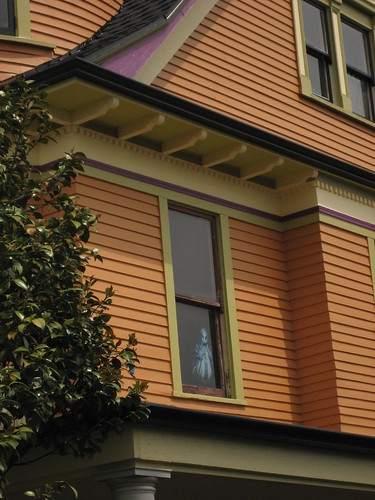
It sounds like these
paranormal investigators had a crazy evening at the place. First they list some of the many ghost stories associated with this house, then they tell of their hair-raising experience, in which "Every team member left this investigation with some sort of inexplicable personal experience. It is our consensus that with all the stories from the past and our own evidence collected, that this site is not only one of the most interesting and historically significant locations in Washington, but one of the most supernaturally active."
I'm not going to list the stories here, because I can't even sort out all of the historical facts, let alone all the crazy tales.
What I can tell you, however, is that the front garden is gorgeous. The owner, who I met when I toured the house last summer, is doing an amazing job with her creepy old house.




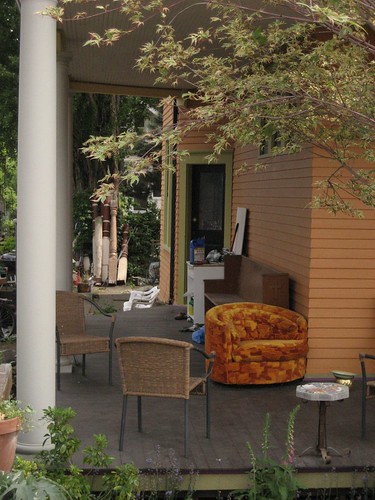
Update 6/8/07: The Friends of Georgetown History have posted an article about this house
here.
Update 7/9/07: See photos I took inside the castle
here.
